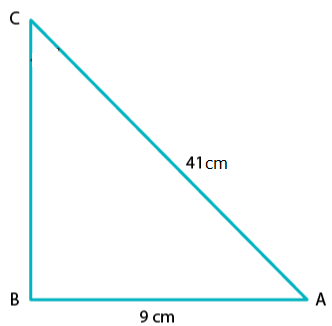Solution:

Given that,
![]()
Required to find:
![]()
By definition, we know that
![]()
On Comparing
![]()
Perpendicular
![]()
![]()
Let’s construct
![]()
And, here the length of base AB is unknown.
Thus, by using Pythagoras theorem in
![]()
![]()
![]()
![]()
![]()
![]()
![]()
![]()
![]()
We know that,
![]()
![]()
![]()
And,
![]()
![]()
![]()
